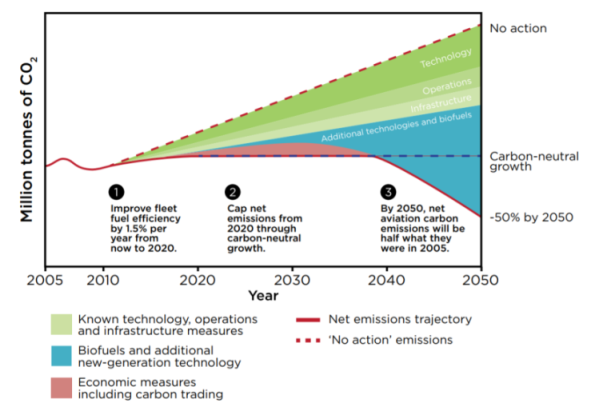Fuel-grade Ethanol

Fuel Grade Ethanol (FGE) is ethanol that has been denatured (rendered undrinkable) and produced for blending with gasoline at low proportions or to create alternative fuels such as E85. Nearly all gasoline sold as a motor fuel today is E10 (a fuel blend containing up to 10% fuel grade ethanol in regular, unleaded gasoline). E10 is generally labeled as regular unleaded gasoline or labeled “may contain up to 10% ethanol.” E85 is a fuel restricted for use in “fl ex-fuel” vehicles and primarily marketed in the Midwestern states near the main source of ethanol feedstock grains. FGE and E85 are the fuels primarily discussed in this guide. The percent ethanol in E85 is nominally 85%, but varies by geographic area and season, and may have a minimum of 70% for cold weather blends to a minimum of 79% for use in warmer temperatures.
Markets and Applications
The larger and growing outlet for ethanol is as a fuel, oxygenate additive to gasoline and a gasoline extender. Globally, fuel ethanol accounts for 73% of production, with beverage ethanol at 17% and industrial ethanol at 10%. Is important to mention that only bio-ethanol can be use as a fuel, synthetic ethanol cannot be used for that purpose.
The major outlet of fuel ethanol in Europe is in ethyl tertiary butyl ether (ETBE), and also blending, whereby ethanol is used as a fuel oxygenate additive to gasoline and a gasoline extender. Another use is direct blending, in which ethanol is directly blended into gasoline. Both uses are set to grow following the introduction of the European Union’s Renewable Energy Directive (RED) which stipulates that renewable energy should have a minimum 10% share in transport by 2020. In the US, 92% of fermentation ethanol is used in fuel applications, with 4% going into food and beverages, and 4% as industrial solvents and chemicals.
Fuel blending use is increasing in countries like Thailand, China and India. Thailand is the leader in terms of conversion on a large scale to 10% ethanol blended gasoline. Fuel blending applications are the most important sector driving the ethanol production in Asia. Exports from Asia to Europe and the US have also spurred the fuel demand in these regions.
Biojet Fuel
Biomass-derived jet (bio-jet) fuel has become a key element in the aviation industry׳s strategy to reduce operating costs and environmental impacts. Sustainable Aviation Fuels (SAF) are being produced and used in commercial flights every day.

Current volumes produced are low (<1% of total jet fuel demand), however, these volumes can be substantially increased with coordinated support including effective policy frameworks.
Researchers from the oil-refining industry, the aviation industry, government, biofuel companies, agricultural organizations, and academia are working toward developing commercially viable and sustainable processes that produce long-lasting renewable jet fuels with low production costs and low greenhouse gas emissions. Additionally, jet fuels must meet ASTM International specifications and potentially be a 100% drop-in replacement for the current petroleum jet fuel. The combustion characteristics and engine tests demonstrate the benefits of running the aviation gas turbine with biojet fuels.
Advantages of Biojet fuel
Biojet fuels offer several advantages over petro-jet fuels:
- When biojet fuel is used for aviation, the Green-House Gas (GHG) emissions can be reduced by 90%, relative to petrojet, a huge environmental benefit. (NREL)
- Biojet tends to have significantly higher “Net Heats of Combustion”, another way of saying that the fuel has a higher energy density.
- Renewable jet fuels, in conformity with the Renewable Fuel Standard (RFS), are eligible for RIN credits which significantly impact fuel expenses.
Bio-Diesel

Biodiesel is a renewable, clean-burning diesel replacement that is reducing dependence on petroleum and improving the environment. Made from a diverse mix of feedstocks including recycled cooking oil, soybean oil, and animal fats, it is the first EPA-designated Advanced Biofuel in commercial-scale production and the first to reach 1 billion gallons of annual production.
Meeting strict technical fuel quality and engine performance specifications, it can be used in existing diesel engines without modification and is covered by all major engine manufacturers’ warranties, most often in blends of up to 5 percent or 20 percent biodiesel.
Biodiesel is defined as mono-alkyl esters of long chain fatty acids derived from vegetable oils or animal fats which conform to ASTM D6751 specifications for use in diesel engines. Biodiesel refers to the pure fuel before blending with diesel fuel. Biodiesel blends are denoted as, "BXX" with "XX" representing the percentage of biodiesel contained in the blend (ie: B20 is 20% biodiesel, 80% petroleum diesel).
How is Bio-Diesel made?
Biodiesel is made through a chemical process called transesterification whereby the glycerin is separated from the fat or vegetable oil. The process leaves behind two products -- methyl esters (the chemical name for biodiesel) and glycerin (a valuable byproduct usually sold to be used in soaps and other products).
